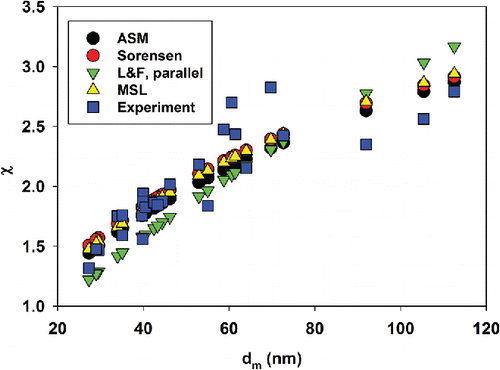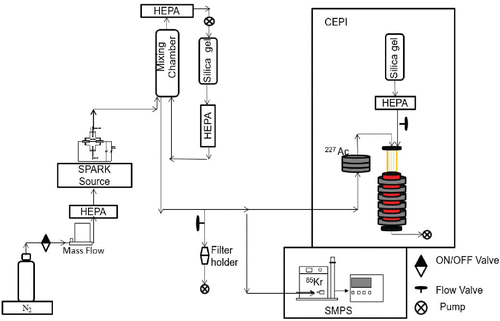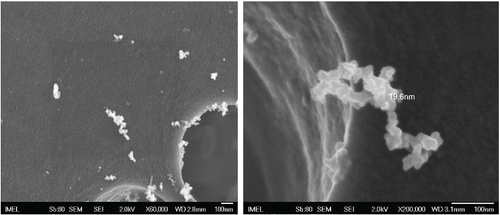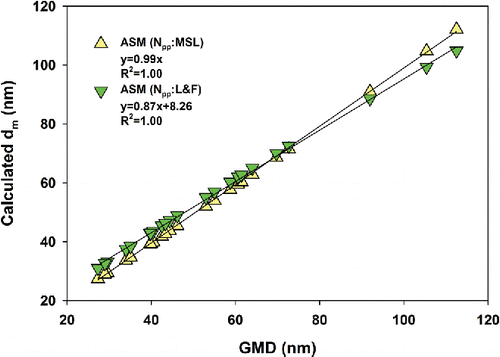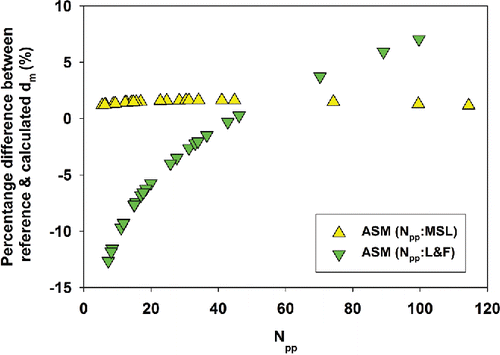Figures & data
Figure 1. Schematic diagram outlining the basic components of the spark discharge source (a) RCL circuit and (b) spark generator.
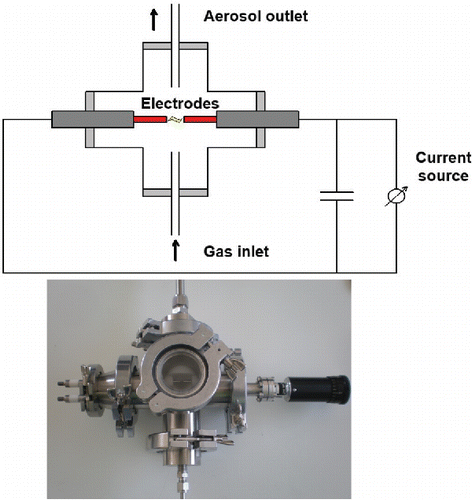
Figure 4. Comparison of the SMPS-calculated total Fuchs surface area with the CEPI-measured total Fuchs surface area.
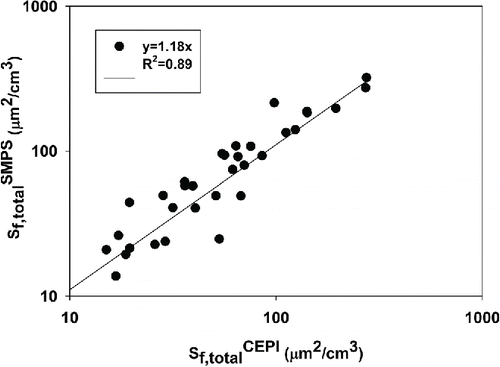
Figure 5. Comparison of theoretical and measured Fuchs surface area per particle. The normalized Fuchs surface area was obtained by dividing the CEPI response by total number concentration obtained from SMPS measurements.
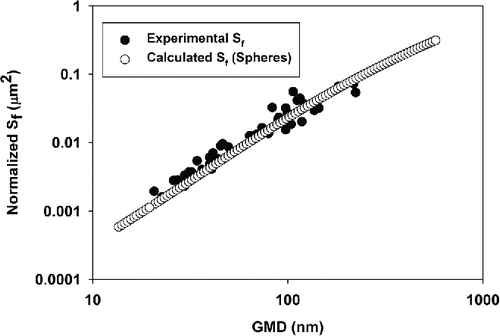
Figure 6. Comparison of the Fuchs surface area measured by the CEPI and the surface area calculated by the number distribution from SMPS assuming a monodisperse aerosol.
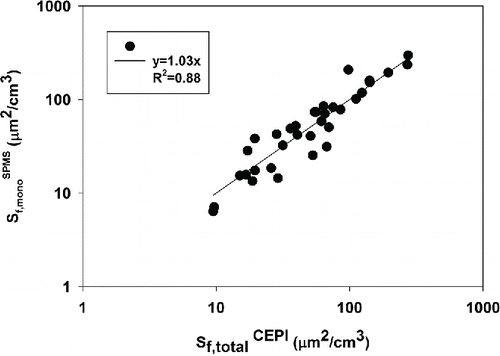
Figure 7. Experimental and calculated effective density (normalized by the bulk particle density) as a function of the geometric mean mobility diameter (normalized by the primary particle diameter). Symbols are described in the main text.
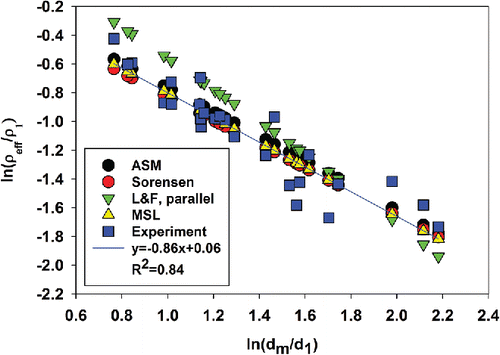
Figure 8. Calculated number of primary particles as a function of the geometric mean mobility diameter of the SMPS number distributions. The primary-particle diameter was 12.7 nm. Symbols are described in the main text.
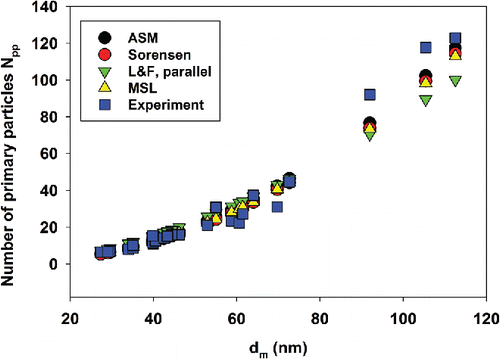
Figure 9. Calculated and measured dynamic shape factor (χ) as a function of the geometric mean mobility diameter of the SMPS number distributions.
